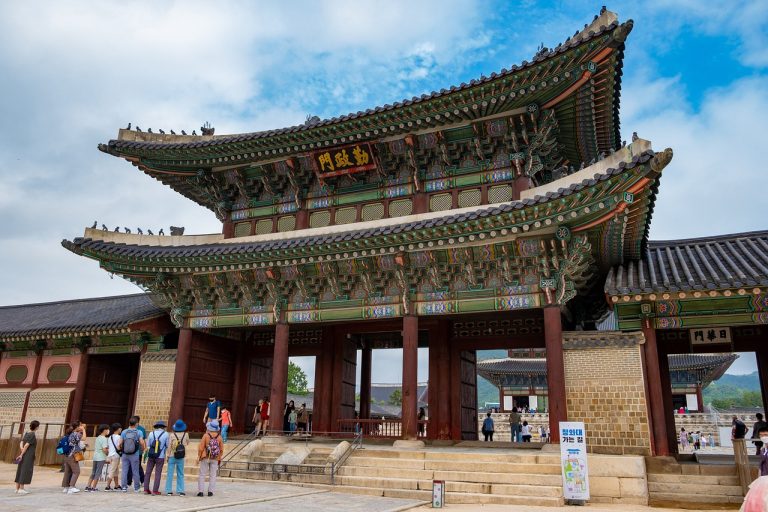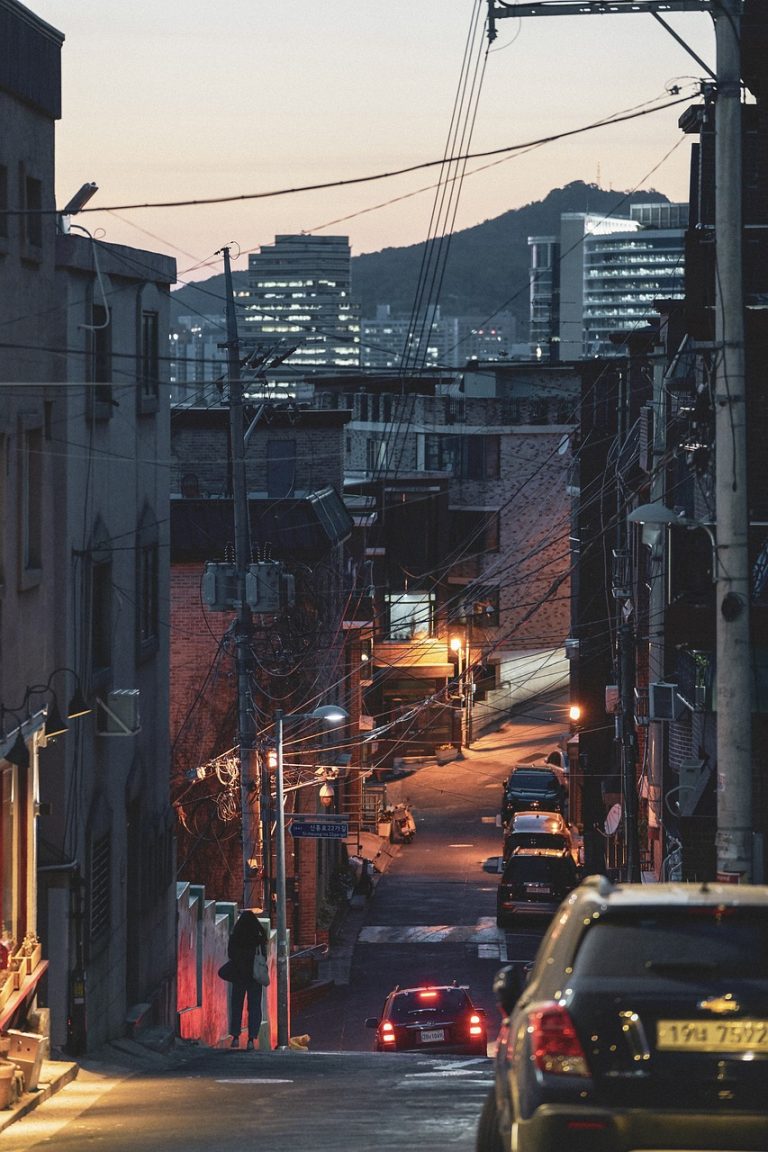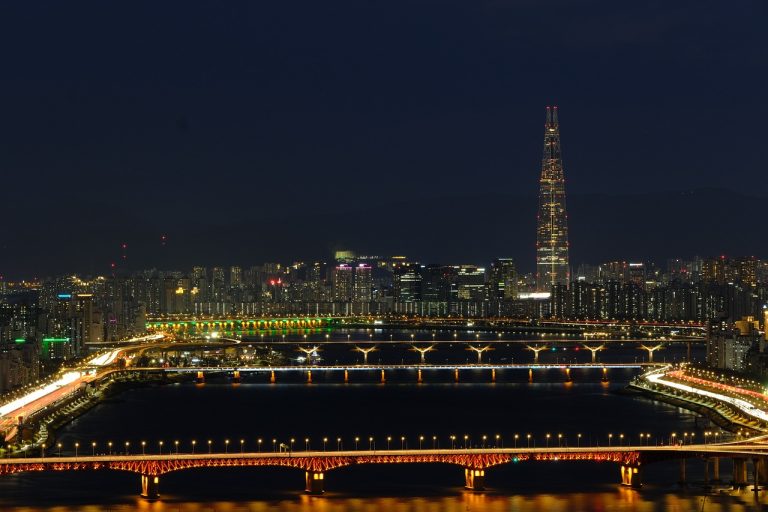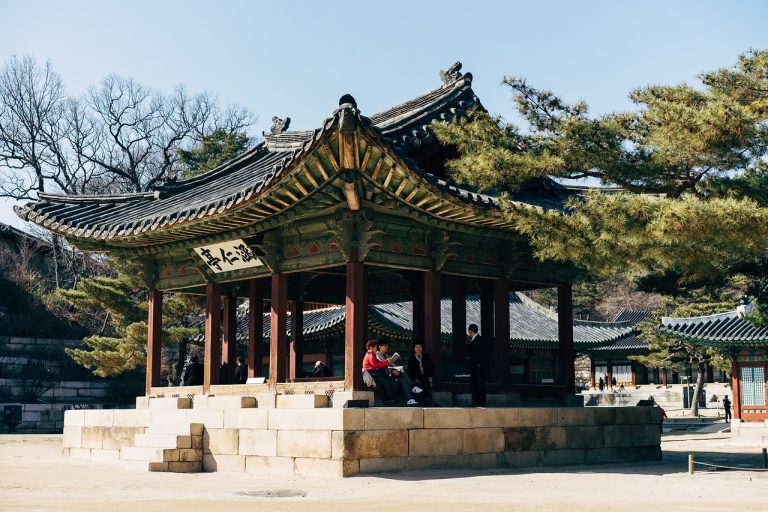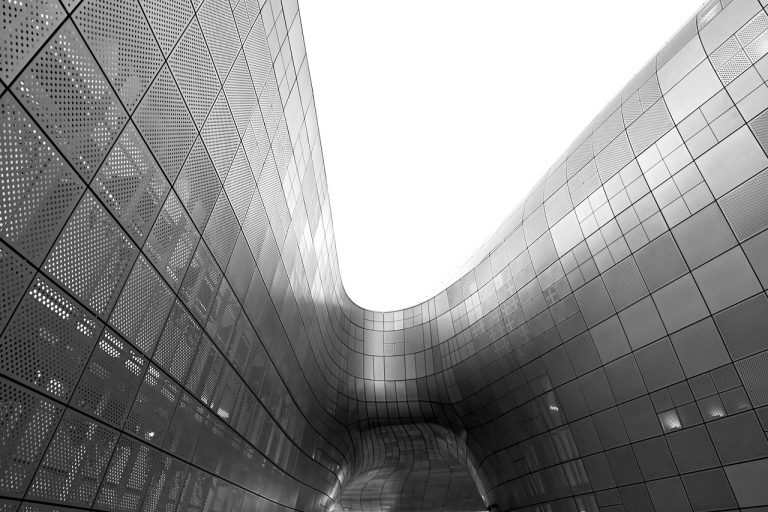Seoul South Korea Video
The Cultural Evolution of Seoul South Korea
Seoul, the vibrant capital city of South Korea, has undergone a remarkable cultural evolution over the years. From its ancient roots to its modern-day prominence, Seoul has grown into a dynamic metropolis that seamlessly blends tradition and innovation. This article explores the various aspects of Seoul’s cultural evolution, from its historical landmarks to its thriving arts scene.
Ancient Heritage
- Gyeongbokgung Palace: The grandest of Seoul’s five palaces, Gyeongbokgung Palace was built in 1395 and served as the main royal palace during the Joseon Dynasty. It showcases traditional Korean architecture and houses important cultural artifacts.
- Bukchon Hanok Village: Nestled between Gyeongbokgung Palace and Changdeokgung Palace, Bukchon Hanok Village is a preserved neighborhood that offers a glimpse into Seoul’s traditional past. The village is home to hundreds of traditional hanok houses.
- Jogyesa Temple: As the main temple of the Jogye Order of Korean Buddhism, Jogyesa Temple is a spiritual sanctuary in the heart of Seoul. Visitors can experience Buddhist rituals and admire the temple’s beautiful architecture.

Modern Landmarks
- Dongdaemun Design Plaza: A futuristic architectural marvel, Dongdaemun Design Plaza is a hub for fashion, design, and art. It hosts exhibitions, fashion shows, and cultural events throughout the year.
- Seoul Sky: Located in Lotte World Tower, Seoul Sky is one of the tallest observation decks in the world. Visitors can enjoy breathtaking panoramic views of the cityscape and beyond.
- Cheonggyecheon Stream: Once a neglected waterway, Cheonggyecheon Stream has been transformed into a beautiful urban oasis. It provides a tranquil escape from the bustling city and hosts various cultural events.
Art and Entertainment
- Seoul Arts Center: With its multiple performance venues, including an opera house and a concert hall, Seoul Arts Center is a cultural hub for music, dance, and theater. It showcases both local and international talent.
- Hongdae Street: Known for its vibrant nightlife and artistic atmosphere, Hongdae Street is a haven for creative individuals. It is lined with trendy cafes, indie music venues, and street performances.
- Namsangol Hanok Village: This traditional Korean village showcases hanok houses and offers cultural experiences such as traditional performances and craft workshops. It serves as a living museum of Seoul’s heritage.
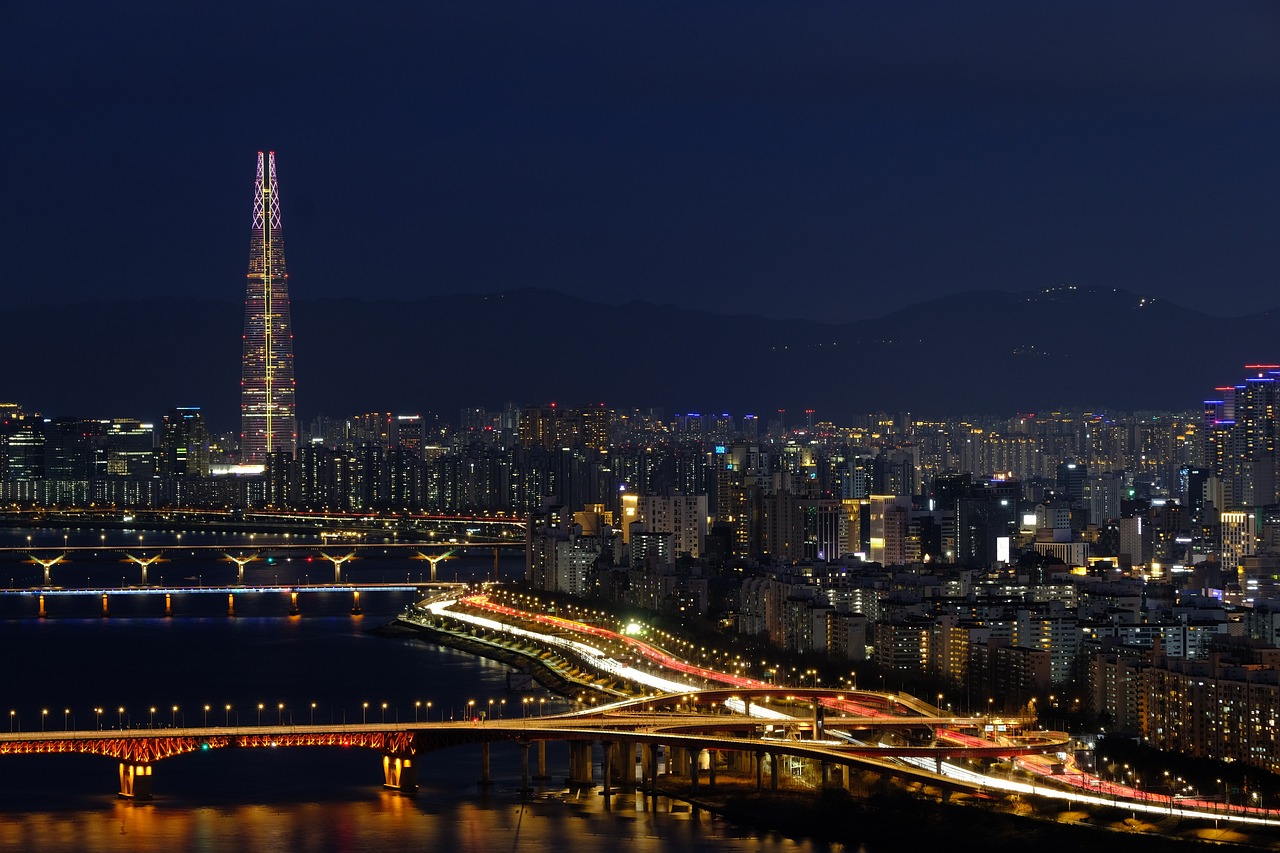
Culinary Delights
- Gwangjang Market: A food lover’s paradise, Gwangjang Market is one of Seoul’s oldest and largest traditional markets. Visitors can sample a wide range of Korean street food and shop for traditional textiles.
- Myeongdong Street: A bustling shopping district, Myeongdong Street is also known for its diverse culinary offerings. From Korean barbecue to street snacks, visitors can indulge in a variety of flavors.
- Insadong: This cultural neighborhood is renowned for its traditional teahouses and artisanal shops. Visitors can savor traditional Korean tea and try local delicacies like tteokbokki (spicy rice cakes).
Nature and Recreation
- Namsan Park: Located in the heart of Seoul, Namsan Park offers stunning views of the city and is home to N Seoul Tower. Visitors can hike through lush trails or take a cable car to the top.
- Han River: The Han River flows through the center of Seoul, offering a picturesque setting for outdoor activities. Visitors can enjoy biking, picnicking, and taking leisurely cruises along the river.
- Seoul Forest: As a vast urban park, Seoul Forest provides a tranquil escape from the city. It features walking trails, a deer park, and themed gardens, making it a popular spot for relaxation and recreation.
Education and Innovation
- Seoul National University: Established in 1946, Seoul National University is one of South Korea’s most prestigious educational institutions. It is renowned for its research programs and contributions to various fields.
- Seoul Startup Hub: As a center for entrepreneurship and innovation, Seoul Startup Hub supports and nurtures startups in various industries. It provides resources, mentorship, and networking opportunities.
- Seoul Digital Media City: With its state-of-the-art facilities and infrastructure, Seoul Digital Media City has become a hub for the media and entertainment industry. It fosters creativity and technological advancements.
Religious Diversity
- Myeongdong Cathedral: Also known as the Cathedral Church of the Virgin Mary of the Immaculate Conception, Myeongdong Cathedral is a significant Roman Catholic landmark in Seoul. It attracts both pilgrims and tourists.
- Jogyesa Temple: Apart from its historical and cultural significance, Jogyesa Temple also represents the diversity of religious practices in Seoul. It welcomes visitors of all faiths to learn about Buddhism.
- Bongeunsa Temple: Located in the bustling district of Gangnam, Bongeunsa Temple is an oasis of calm. It offers temple stays and meditation programs for those seeking spiritual enlightenment.
Conclusion
Seoul, South Korea’s capital city, has undergone a remarkable cultural evolution, blending its ancient heritage with modern landmarks, vibrant arts and entertainment, culinary delights, and natural beauty. From exploring historical palaces and traditional villages to indulging in the city’s diverse cuisine and immersing in its thriving arts scene, Seoul offers a rich tapestry of experiences for locals and visitors alike. The city’s commitment to education, innovation, and religious diversity further enhances its dynamic character. Seoul’s cultural evolution is an ongoing journey, constantly adapting to the changing times while preserving its unique identity.
References
- visitseoul.net
- english.visitkorea.or.kr
- seoul.go.kr


